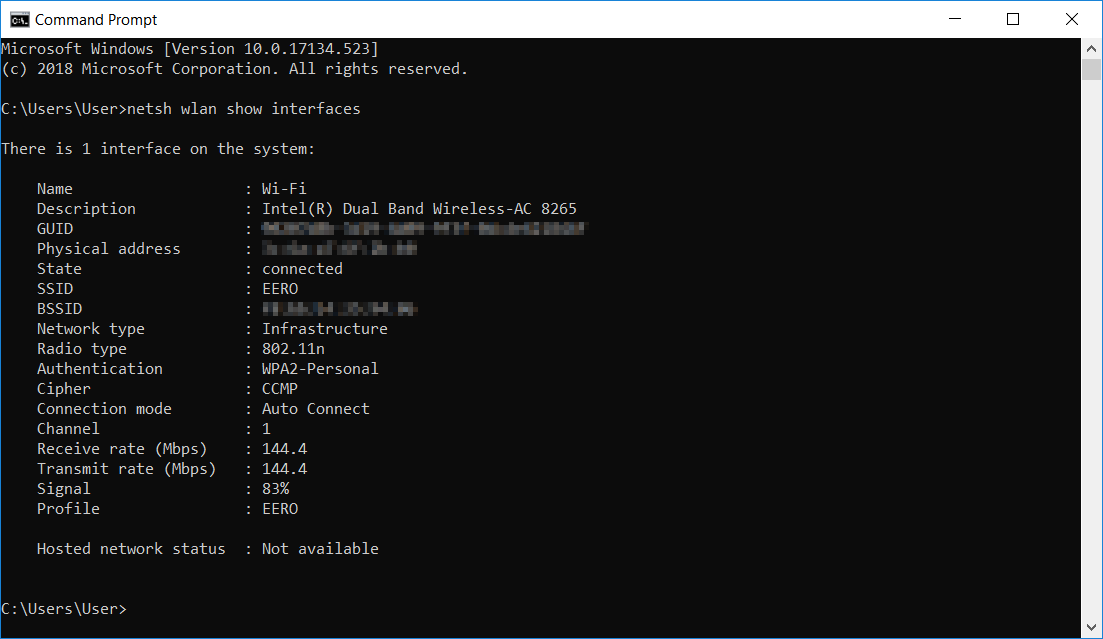

A wired cable is generally interference-free, unless it has a defect of some sort. Wireless protocols are more sensitive to interference, mostly because there are more sources of interference. If it happens frequently enough, the impact can be significant. A single retry means it takes twice as long, meaning the effective speed is half of what you expect. While you might expect that your data might be sent once and arrive properly, if there’s interference along the way it could take several “retries” to get the data to its destination. Once again, signal quality comes into play.īoth wired and wireless protocols confirm that data sent has been received correctly. One confusing situation is when you are connected at a high speed - wired or wireless - but your data throughput is still slower than expected. In other words, conditions must be ideal to achieve Wi-Fi’s maximum speeds, and conditions are rarely ideal.ĭepending on the protocol, even a small degradation in signal can result in a large decrease in speed. The result is that they may choose a slower speed to get a more reliable connection. If you have several walls to “go through”, or the end points are far away from one another, the signal will be weaker or more difficult for the devices to understand. For Wi-Fi, that generally means a protocol will be automatically selected based on the capabilities of both endpoints and the quality of the wireless signal. Like wired, you need compatible equipment at both ends of the connection.

Wireless maximums are significantly more difficult to achieve.
#Ethernet status speed differnt software
If speeds aren’t close to, say, 80% or so of maximum, it’s often because the software at either end is busy, can’t keep up, or there’s just not that much data to be transmitted that quickly. Even at the maximum specified cable length (100 meters), that’s all you need to get close to the maximum speed. To get the maximum speed out of your ethernet connection, you need equipment that supports it at both ends of each cable, and good cables.

If your wireless devices are only capable of speeds that are slower than your wired connection, you’re done: your wired connection will be faster almost by definition.īut what about the others? Getting to maximum
#Ethernet status speed differnt plus
Gigabit ethernet is faster than those plus one more. To begin with, we can see the most common ethernet speed - 100 Mbps - is already faster than three of the Wi-Fi maximums.


 0 kommentar(er)
0 kommentar(er)
